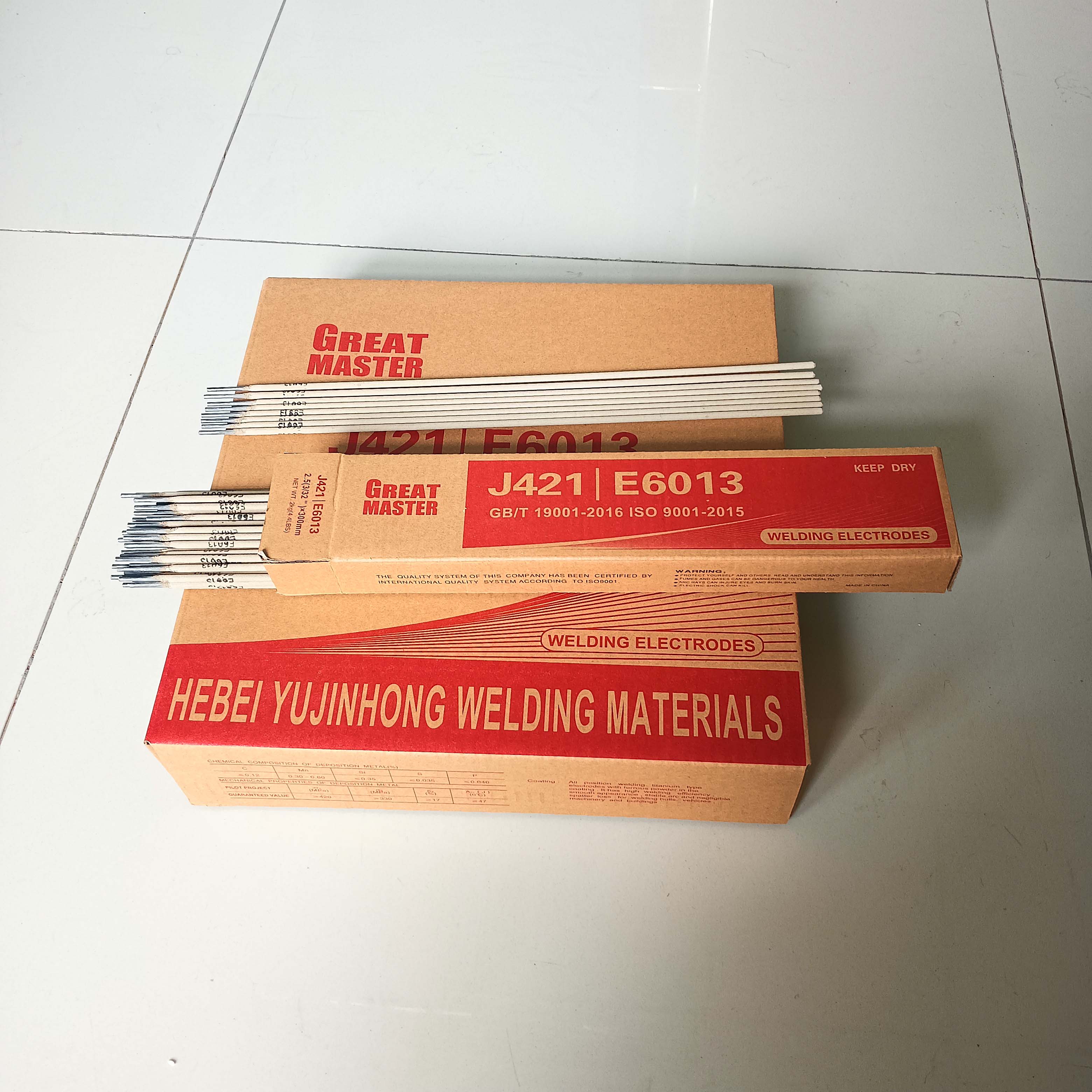Choosing the Right Welding Rods and Electrodes for Your Projects
Understanding Welding Rods and Electrodes A Comprehensive Guide
Welding is an essential process in various industries, including construction, automotive, and manufacturing. It involves joining materials, usually metals, by melting them together and allowing them to cool, forming a strong bond. A crucial component in the welding process is the use of welding rods and electrodes. This article aims to provide a detailed overview of welding rods and electrodes, including their types, applications, and importance in the welding industry.
Welding rods and electrodes serve the same fundamental purpose they provide filler material to the weld joint. However, the terminology can differ based on the welding process used. In gas metal arc welding (GMAW), for instance, a continuous wire is fed through a welding gun, whereas, in shielded metal arc welding (SMAW), a coated rod is used.
Types of Welding Rods and Electrodes
1. Consumable Electrodes Consumable electrodes melt during the welding process, adding material to the weld. They are commonly used in SMAW and GMAW. Some examples include
- E6010 Ideal for root passes in pipe welding due to its deep penetration and ability to perform well on dirty or rusty metals. - E7018 Known for its low hydrogen content, it produces strong, ductile welds and is often used in structural applications.
2. Non-consumable Electrodes Non-consumable electrodes do not melt during welding. Instead, they are used to create an arc that melts the base material and the filler rod that is fed into the joint. The most common type is the tungsten electrode used in gas tungsten arc welding (GTAW).
3. Specialty Electrodes These include various alloyed rods designed for specific applications, such as stainless steel or aluminum welding. Examples are ER308 for stainless steel and ER4047 for aluminum applications.
welding rods electrodes

Applications
Welding rods and electrodes are utilized across many sectors. In the automotive industry, they are essential for repairing and assembling vehicle frames. In construction, they are critical for joining structural steel components. Moreover, pipelines in the oil and gas sector rely on specific rods to ensure leak-proof connections that can withstand high pressures.
Importance of Choosing the Right Welding Rods and Electrodes
Selecting the appropriate welding rod or electrode is vital for ensuring the integrity and strength of the weld. Factors such as the type of material being welded, the thickness of the material, and the desired properties of the finished weld must be considered. Using the incorrect rod can lead to weak joints, increased susceptibility to corrosion, or even weld failure.
Moreover, the choice of a welding rod or electrode can significantly affect the ease of use and the overall quality of the welding process. An experienced welder understands the nuances involved in choosing the right materials for specific projects.
Conclusion
In summary, welding rods and electrodes play a significant role in the welding process, providing filler materials essential for creating strong and durable joints. Understanding the different types, applications, and importance of these components is vital for any welder or industrial professional. By selecting the right electrodes and rods, one can ensure high-quality welds that meet the stringent requirements of modern engineering and construction. Whether in a workshop or on a construction site, the choice of welding materials can make all the difference in achieving a successful outcome.
-
J422 Welding Rod: Durable Electrodes for Strong WeldsNewsAug.01,2025
-
AWS E7024 Arc Welding Electrodes: High-Efficiency & Easy UseNewsJul.31,2025
-
AWS E7018 Welding Rod: Low Hydrogen ElectrodesNewsJul.31,2025
-
Arc Welding Electrodes AWS E7024 – High Deposition, Smooth FinishNewsJul.30,2025
-
E7016 Welding Rods for Smooth, Low Hydrogen Welding PerformanceNewsJul.29,2025
-
E7016 Welding Rods for High Strength & Low Hydrogen WeldingNewsJul.29,2025


